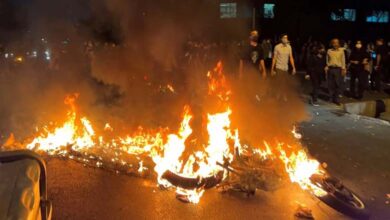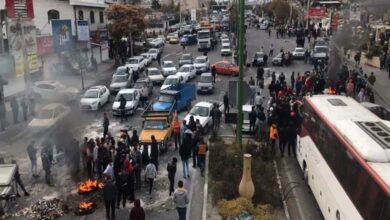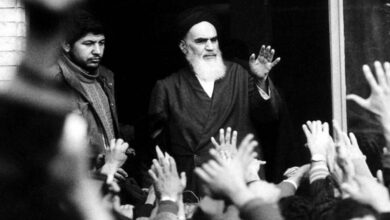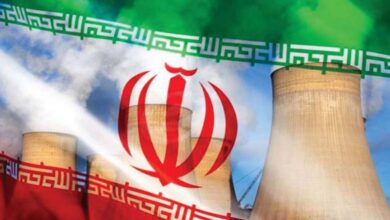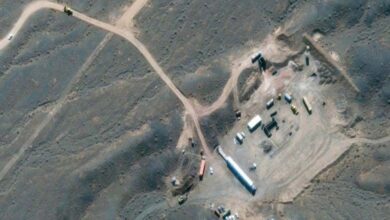A new wave of protests… The specter of Mahsa Amini haunts the Iranian regime once again
The specter of Mahsa Amini haunts the Iranian regime once again

Iranians have launched a new wave of online protests demanding the release of Niloufar Hamidi and Elaheh Mohammadi, who first reported on the death of Mahsa Amini while in custody last September.
The “Iran International” newspaper reported that the journalists from the Iranian reformist newspapers “Sharq” and “Ham-Mihan” have been imprisoned for about 300 days as the regime accuses them of inciting the protests that swept the country following the tragic death of the Kurdish Iranian girl. Since her tragic death, Amini has become an icon of the women’s movement and freedom, representing the boldest uprising the regime has faced since its inception.
Iranian Suppression
The newspaper noted that it is well known that the Iranian regime suppresses those who expose corruption and violations in the country, and the authorities claim that reporting crimes is worse than the crimes themselves.
It continued: A storm on Twitter and Instagram was sparked by the spouses of the journalists – Mohammad Hussein Aghourlu and Saeed Barzai – ahead of their upcoming trial sessions, and based on their distress messages, Iranians erupted with hashtags in the names of the reporters #JournalismIsNotACrime.
It added: The two girls are scheduled to hold their second session in court later this week, where they have been charged with propaganda against the regime and conspiring to commit acts against national security, which could lead to the death penalty, and the duo has become a symbol of free journalism and resistance against the oppressive regime, as a large number of people have called for their release.
Protest Spark
The newspaper pointed out that Hamidi was able to visit Mahsa Amini at Kasra Hospital in Tehran and reported her critical condition after she was held for three days by the morality police for wearing the hijab “inappropriately,” while Amini was in a coma at the time.
It continued: Similarly, Mohammadi was able to travel to Amini’s hometown in Saghez, western Iran, to report on her funeral on September 17, which was attended by thousands. The first trial session for Mohammadi was held under the presidency of the notorious Judge Abolqasem Salavati behind closed doors in the 15th branch of the Revolutionary Court in Tehran in late May.
It added: Hamidi’s hearing was held the next day by the same judge and in the same way. The Iranian constitution states that the trial of political prisoners and journalists must be public and attended by a jury. Many well-known Iranian human rights activists participated in the online campaign.
Arbitrary Charges
The newspaper pointed out that the Iranian government seeks to involve women in secret revolutionary activities and work as foreign agents, which is the most common allegation against human rights activists and regime opponents.
It continued: The government seeks to fabricate charges against the journalists that they participated in training courses for institutions seeking to overthrow the “Islamic Republic” and have contacts with foreign intelligence agencies. Even the Iranian Ministry of Intelligence and SAS, the intelligence organization of the Islamic Revolutionary Guard Corps (IRGC), accused Mohammadi and Hamidi of being agents of the Central Intelligence Agency.
They said in a joint statement: “Under the guise of journalism, they were among the first people who arrived at the hospital and provoked the relatives of the victim and disseminated targeted news.”



